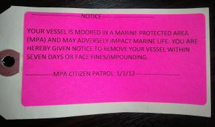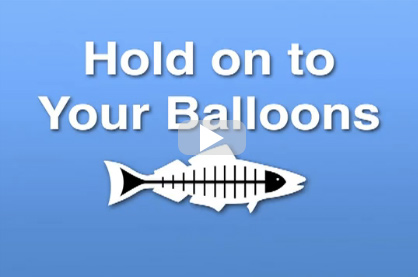On Jan. 11, San Luis Obispo County became the 15th community in the state to pass a ban on single-use plastic bags in an effort to encourage citizens to use reusable bags instead.
The California Grocers Association endorsed the proposal, as did representatives of local landfills, who said plastic bags are a problem for them. Approximately 130 million plastic bags are used each year in the county alone, and only three percent of those are recycled.
In an attempt to stop the ban in SLO County, the Save the Plastic Bag Coalition said after the meeting that it would file a lawsuit within 30 days, serving a “threat of litigation” to the board. The coalition issued a similar challenge when the Manhattan Beach City Council approved a bag ban in 2008, which ultimately failed in July 2011 when the California Supreme Court unanimously ruled in the city’s favor. The Manhattan Beach plastic bag ban goes into effect Saturday, Jan. 14.
Momentum for plastic bag bans has been building since 2007, when San Francisco became the first city in the nation to ban the free distribution of plastic bags. Other cities and counties across the country have followed, including Seattle, Portland, Ore., San Jose, Los Angeles County, and Washington, D.C. Smaller cities such as Santa Monica, Long Beach, Carpinteria and Fairfax have enacted some form of ban or limitation on the use of plastic bags.
The SLO County ban will apply to single-use plastic bags at supermarkets, pharmacies, convenience stores and big-box stores as part of an effort to get shoppers to start bringing in reusable bags. It is scheduled to go into effect on Oct. 1. 2012.
Heal the Bay has led the legislative fight to enact a bag ban for more than five years as part of its ongoing efforts to tackle plastic pollution in California seas and neighborhoods. Join us and take action.
Learn more more about the San Luis County bag ban.
Read about plastic pollution and its impact here.





